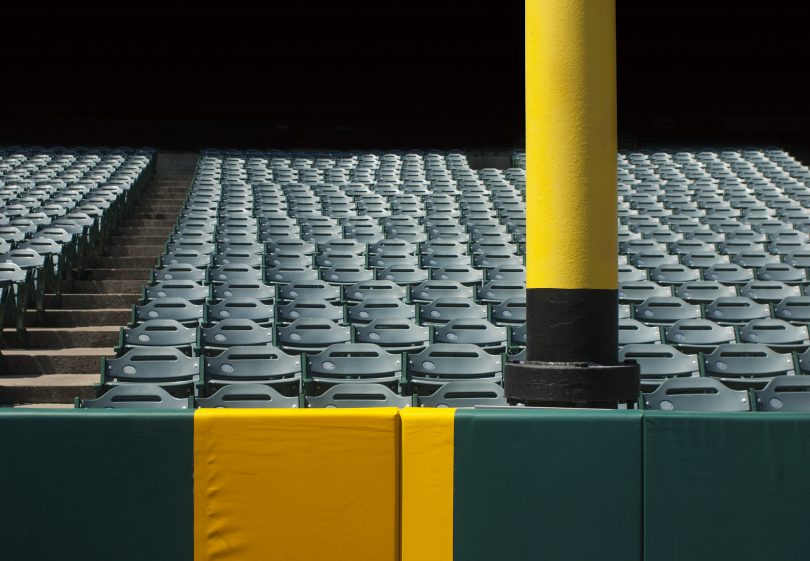Yesterday, NCAA Division I joined Division II and Division III in granting an additional year of eligibility to all current college baseball players. The long-awaited decision (NCAA article HERE) had players, coaches, and recruits on the edge of their seats, as the D1 Council grappled with a decision with implications that were sure to change to college baseball landscape for years to come in some form or fashion. The decision to provide all players with an additional year of eligibility delivers a huge win for current players, who have been faced with uncertainty since having their season canceled due to the Corona Virus. The impact of this decision will be widespread and long-lasting, so lets begin to unpack exactly what you need to know.
Eligibility
All levels of college baseball (D1, D2, D3, NJCAA, and NAIA) have granted current players and additional year of eligibility, meaning they will retain the same eligibility status they had to start this year. Seniors will be allowed to come back for another season. Second year junior college players may return to their 2-year school. Junior college players who will be transferring to 4-year schools will need to have their new schools request an eligibility waiver from the NJCAA for the player to receive a year of eligibility back. While this may sound complicated, the president of the NJCAA has stated that approval of such waivers will be immediate and should simply be a formality.
Seniors
Seniors can return for another season, and at the D1 level, they will not count against 35 man roster limits, the 27 counters on scholarship, or against the program’s 11.7 scholarship allotment. It will but up to the schools themselves to renew scholarships of seniors, and they may reduce the scholarship down to $0 or provide up to the amount the seniors was receiving this year before the season was cancelled. On the face of it, the additional year of eligibility is a huge win for seniors. However, baseball is a severely under-funded sport, and many programs simply will not have the scholarship pool to provide an additional class of students with baseball scholarship money. This will make for some tough conversations and decisions for administrators, coaches, and players.
Roster Limits
Programs will be allowed to have more than 35 players on the roster, as long as the overage is due to returning seniors. For example, if 10 seniors come back, the program may have 45 players on the roster. If 1 senior comes back, they may only have 36, and so on. It is becoming increasingly clear, that the impact on roster limits, scholarships, etc. will not last simply 1 year.
Transfers
Both normal transfers and graduate transfers will get a year back. Undergraduate transfers will count against the 11.7 total scholarships, 35 man roster limit, and 27 counters. They will also have to apply for a waiver to be eligible to play right away, following the normal protocol. Graduate transfers will not be bound by the scholarship cap placed on seniors returning to their current program and may receive any normally allowed amount of baseball scholarship. That new aid amount will count against the 11.7 total scholarships, 35 man roster limit, and 27 counters if it is more than the student received the previous year. It is unclear whether the same or lesser amount of aid will also count in that same way.
MLB Draft
The MLB draft will take place later than normal and will be shortened to between 5-10 rounds, with a free agent signing cap of $20,000. The shortened draft and regulated signing bonus for free agents will mean more quality players returning to college campuses.
What does this all mean?
From a talent perspective, college baseball will be more competitive than ever before. The win for returning college players comes at the expense of the 2020 high school class and college underclassmen who will show up to campus next fall to find not only more players, but more quality, experienced players competing for the same number of innings as any other year. With some programs possibly having rosters of close to 50 players duking it out for playing time, calling it a log jam may be an understatement. Will many freshmen opt to go the junior college route with this new news? With the option to reduce returning senior scholarships, will coaches push players out the door? For under-funded programs, how much of a competitive disadvantage is this ruling? We don’t know many of these answers, but the next few months will be interesting time and recruits should watch carefully how everything plays out. One thing is certain, the window of opportunity for first year players will be small and they will need to show up to campus ready to compete.
Winners
While some might think all college baseball players are winners, the extra year of eligibility will force coaches and programs to make some tough decisions and we can expect to see many players pushed out the door or opt for other opportunities. The winners in this whole ordeal are the most talented players who will be the least impacted by additional competition. Other winners are recruits who have really focused on development and turned themselves into players who truly will be able to compete with upperclassmen for playing opportunities right away.
Losers
The big losers here are the fringe players and walk-ons, who could easily get squeezed out of roster spots and college baseball opportunities because full rosters. Other big losers are under-funded programs at every level, who can’t provide a full allotment of scholarship on any given year, let alone dispersed between 5 recruiting classes instead of 4.
Conclusion
Corona virus and the decision at all levels of college baseball to provide an additional year of eligibility will change college baseball as we know it forever. As we mentioned above, the impact of the decisions by each level of college baseball will be felt immediately, and last far beyond next season. There are many questions that remain unanswered and many logistical decisions that need to be worked out to make all this change work (we won’t even try to guess what this means for APR). What we do know is that there will be a lot of moving parts, difficult decisions, and players changing uniforms. If you are a high school player reading this, you need to know that the path to college baseball just got more competitive and difficult, but the process to get there remains unchanged. College baseball opportunities will still be there for those who are willing to work hard and sacrifice to get there. Recruiting success will still come from being informed on the process, creating a well-thought out personal plan, focusing on development and becoming the best player possible, and proactively seeking college baseball programs that fit the experience you want. As always, KPB will be here to help you each step of the way, free of charge!
Interested in hearing more about the D1 Council’s ruling and it’s implications? Listen to our podcast on the topic by clicking play below.







